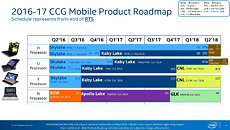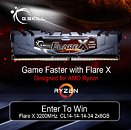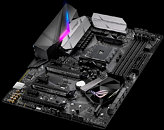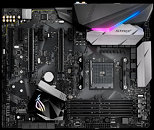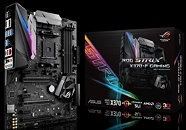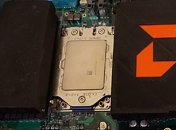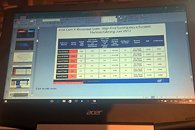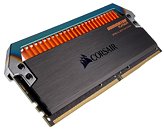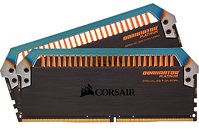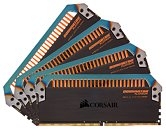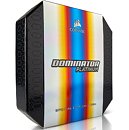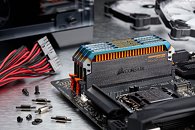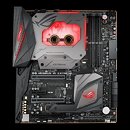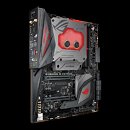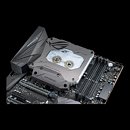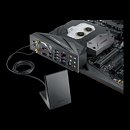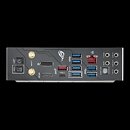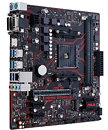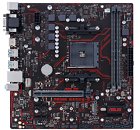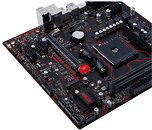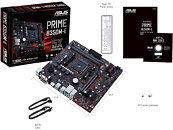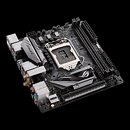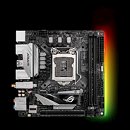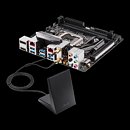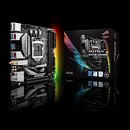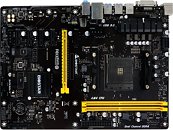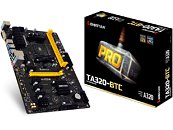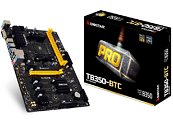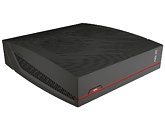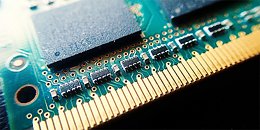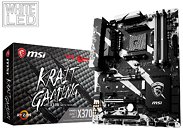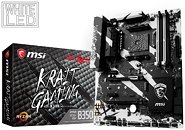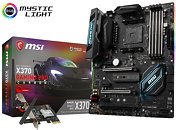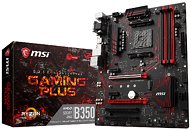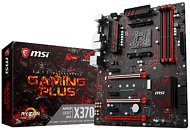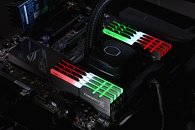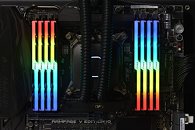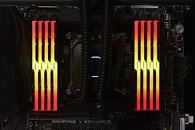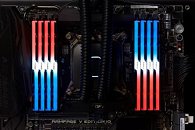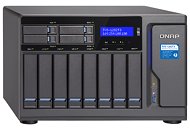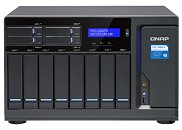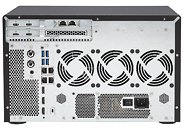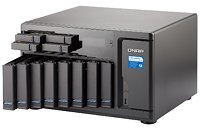I'll turn the table on its head with this article, and start by its ending: if you are one of those users willing to spend $629 on a motherboard that carries all the bells and whistles and then some, the
ROG Maximus IX Extreme is probably the product for you. And the opposite is also true. This is as premium a Z270-chipset motherboard gets, I'd wager. The integrated monoblock - which covers the CPU, VRM, and M.2 slot - was designed in collaboration with Bitspower, and features embedded temperature and flow-rate sensors as well as a built-in leak detector. It joins the usual staple of Z270 features: DDR4 support up to 4,133MHz, dual PCIe 3.0 x16 slots for SLI and CrossFireX, Thunderbolt 3, USB 3.1 Type-A/C, and the aforementioned M.2 socket, which is Intel Optane-ready.
The monoblock, IO cover, logo, and RGB headers feature RGB lighting effects such as breathing, strobing, pulsing, music effect, rainbowy, and... more. The RGB lighting can even be set to change color to reflect CPU temperature and load. Even the 3.5mm audio connectors are LED-illuminated. A sparkly Christmas tree finds itself floating through my mind, for some totally unrelated reason. ASUS' exclusive (well, "exclusive-ish") features make their way to this premium motherboard, such as the pre-mounted I/O shield, strengthened SafeSlot PCI Express slots, SafeDIMM memory slots, and a copper-plated PCB edge. Asus' Extreme Engine Digi+ is composed of NexFET MOSFETs, MicroFine alloy chokes, Digi+ PWM controller, and 10K black metallic capacitors. The Maximus IX Extreme also features 12 fan headers throughout its PCB are, as well as additional temperature and flowrate sensors for anyone who wishes to use two distinct cooling loops.



